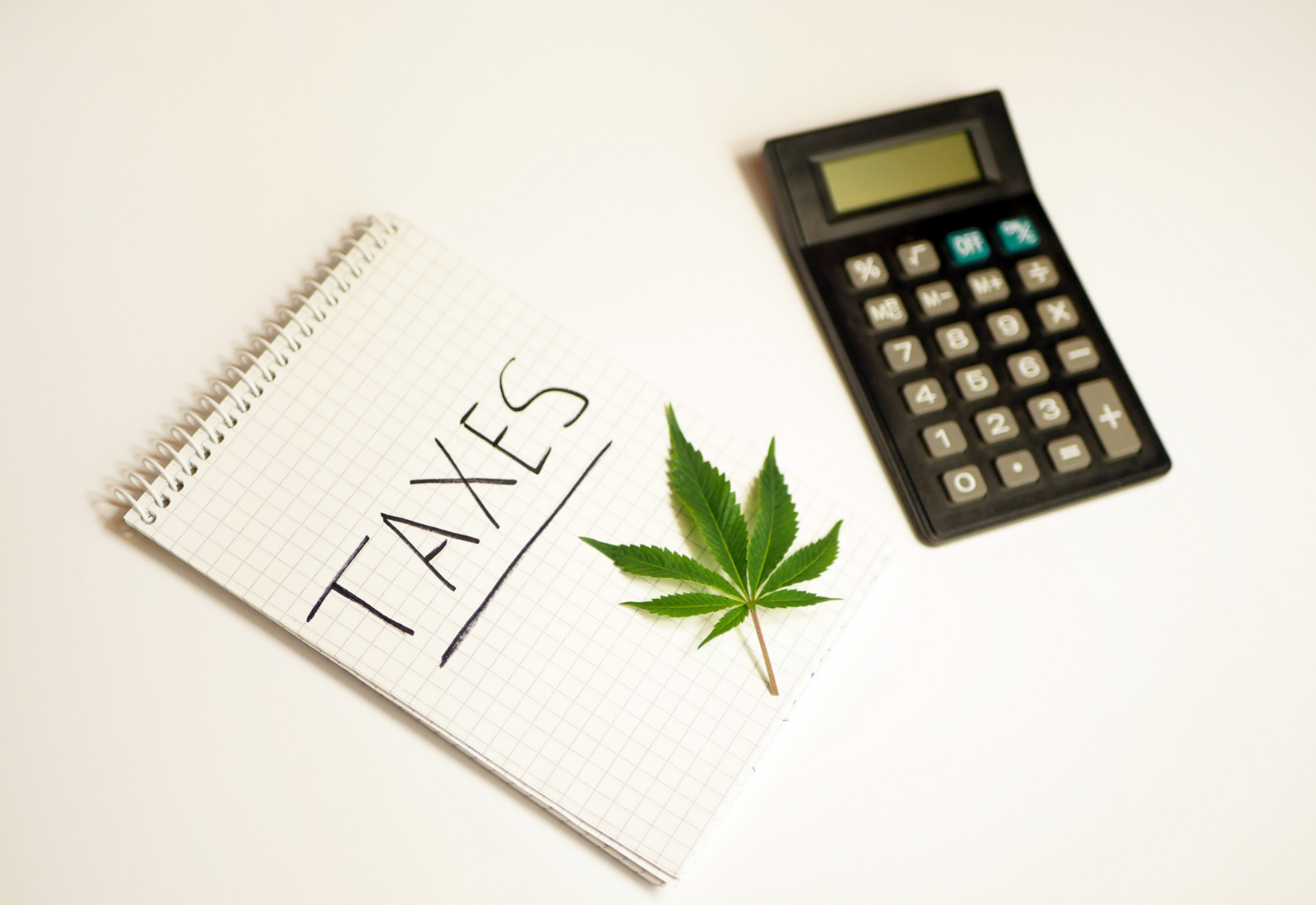
30 Jan Current and Future Cannabis Taxes

Last week, I participated on a great panel about current and future cannabis taxes called “Solving the Cannabis Tax Puzzle: Approaches for an Emergent Industry” hosted by Ohio State University Moritz College of Law’s Drug Enforcement and Policy Center and the Center for New Revenue. The panel covered current and future cannabis taxes from a variety of angles, including a discussion around an effective cannabis tax basis and the overall cannabis tax burden that should be shouldered by cannabis businesses.
When asked to join the panel, I felt out of my league. I am not a tax attorney and am no tax expert outside of knowing enough about the impact of IRC 280E to be a little bit dangerous. However, I mostly spoke about how current state cannabis taxes impact my clients.
Given that I’m in California, the cannabis tax burden is a major topic of the moment. The latest cannabis tax gripe here occurred when the California Department of Tax and Fee Administration (“CDTFA”) announced its increase to current cultivation tax rates. This decision is not optional. CDTFA must undertake an annual increase in line with inflation in accordance with state law. In response to this increase, a variety of licensees planned to engage in a sort of tax revolt, which, in our opinion, has very little chance of working (outlined here).
California cannabis taxes are undoubtedly high (although not the highest in the country), but neither the California Department of Cannabis Control nor the CDTFA can do anything about that. Both agencies operate within a legal boundary created by voter initiatives or state lawmakers. Under Prop. 64, California’s adult use cannabis law, it would take a 2/3 majority vote in each chamber of the Assembly to actually change the cannabis tax laws.
On the panel, my position was that cannabis taxes are going to be a reality of the industry forever, for a variety of reasons. Panelists batted back and forth about whether negative externalities exist that justify an increased cannabis tax rate (i.e., the social cost of legalization). And we also discussed how to best tax cannabis, whether that’s by weight, THC content/potency, or product type. And most fascinating of all, at least to me, was Pat Ogleby’s take that, in reality, IRC 280E is one of the best tools to curb “Big Marijuana” companies (if that’s what policymakers want) because they cannot deduct the majority of their expenses, including for advertising, marketing, and promoting their products.
One thing is clear to me from this panel: like almost everything else in cannabis, there’s no gold standard around hitting a sweet spot for state cannabis taxation. The cries of the industry are that taxes are generally too high and therefore promote the illegal market and undermine licensed competition. But the tax game is just a small piece of the cannabis legalization puzzle. Other issues like overall access, local control, and effective enforcement against illegal operators must also come together in order to prop up and sustain licensees.
Surely, state cannabis taxes will continue to evolve, and hopefully for the better for both the industry and public policy.


Sorry, the comment form is closed at this time.